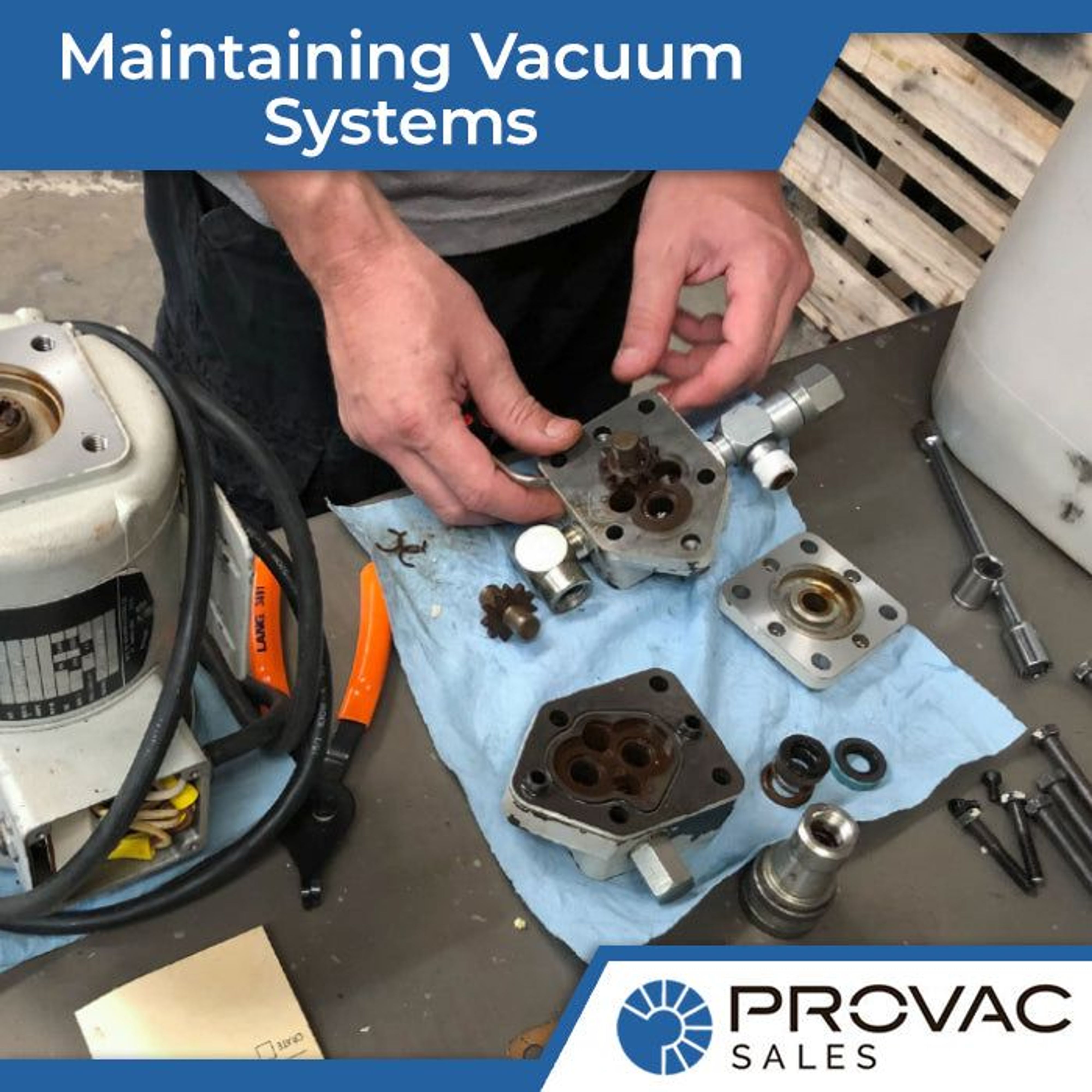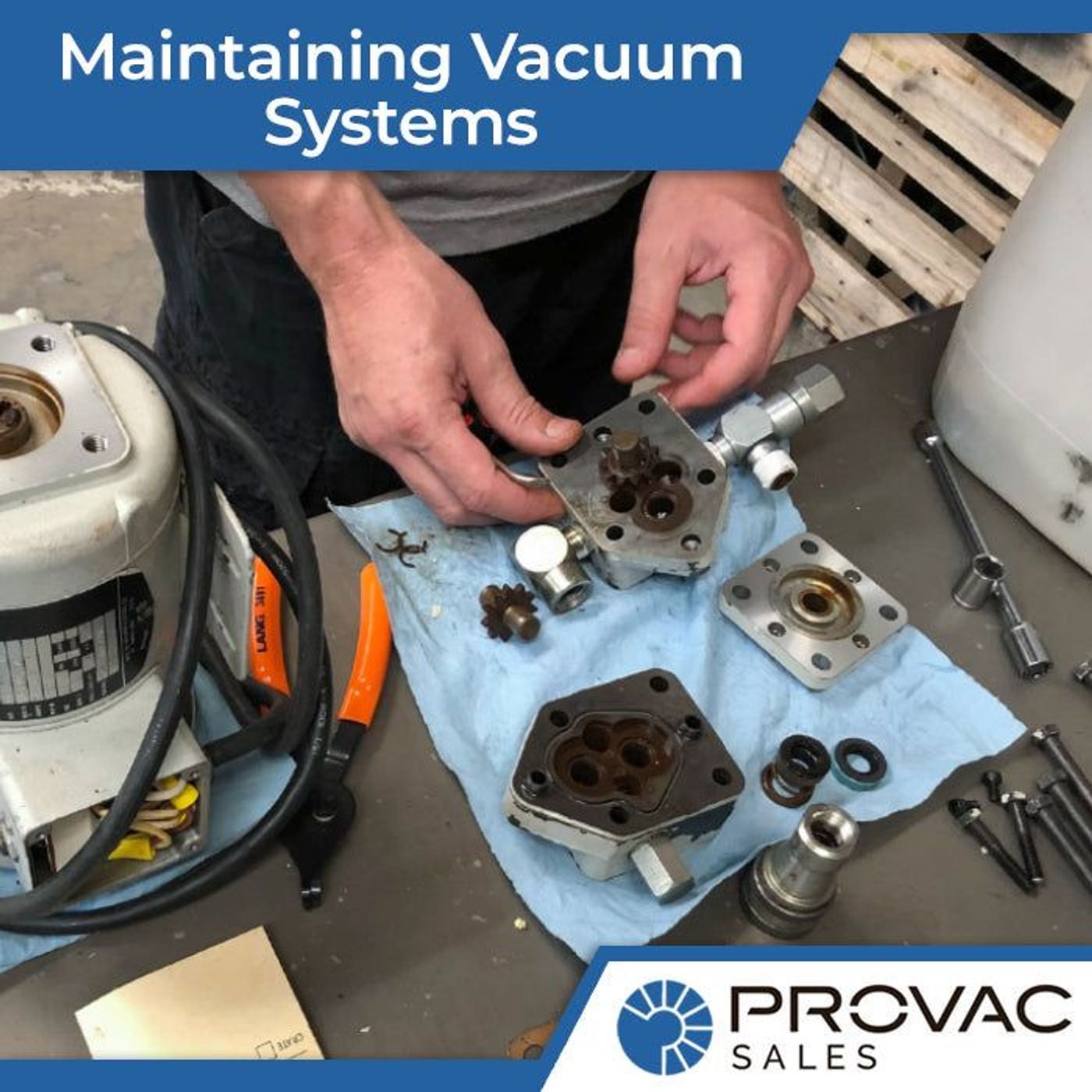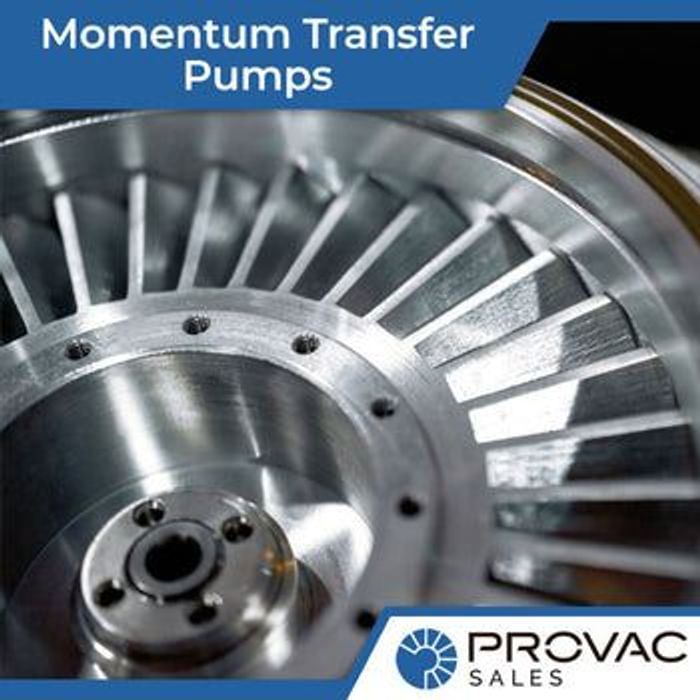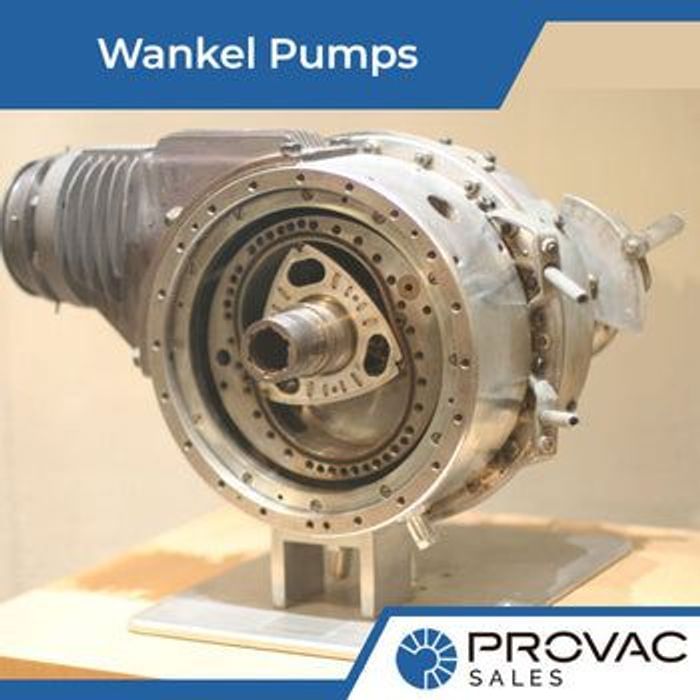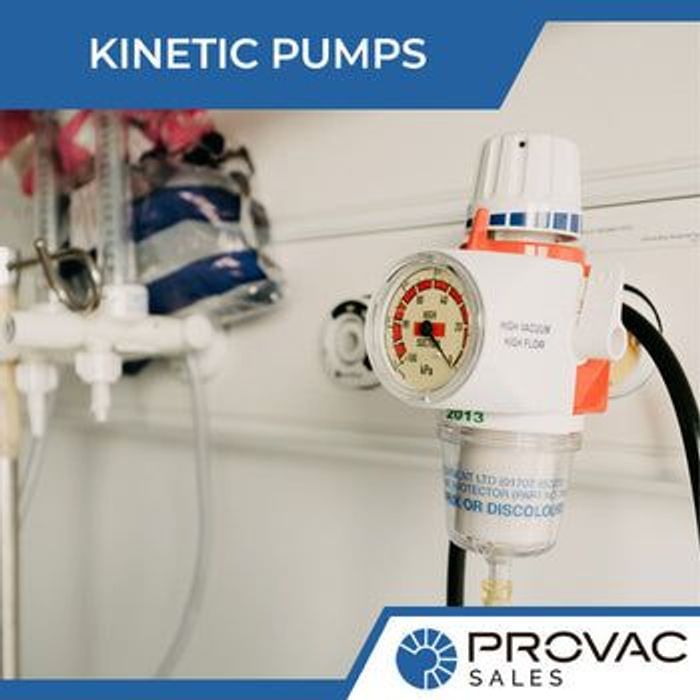Vacuum pumps are the heart of any vacuum system. Your goal should always be to keep the vacuum pumping system operating at optimal efficiency; performing preventative maintenance at scheduled frequency will help to achieve this. Here is a look at how you can do this.
To facilitate maintenance with any component of your vacuum system, but most especially the pumps, it is advisable to install a running hour meter for the purpose of documenting the number of operating hours on your pump between service sessions.
Mechanical Pumps
Mechanical (oil-sealed or wet) pumps are the most common type found on most vacuum systems and are generally regarded as the industry’s workhorses. Oil-sealed pumps provide cost-effective and efficient operation as well as incredibly reliable performance. Unfortunately, they require a lot of maintenance to continue maintaining optimal performance. It includes annual maintenance (e.g. replacing poppet valves), routine maintenance (e.g. oil changes), and daily maintenance (e.g. ballasting, oil level checks).
Common mechanical pump problems also require routine inspection and maintenance include:
- Sludge buildup
- Improper oil level (too high or too low)
- Slipping or loose belts
- Oil contamination
- Oil temperature is not regulated between recommended ranges (see manual)
- Exhaust filters
- Excessive vibration (floor mounting or pipe connection)
- Ingestion of foreign contaminants (metal chips, metal fins, etc.)
- Damaged discharge valve
- Clogged valves or oil lines
- Stuck discharge valve
Of all the different problems that may arise with your mechanical pump, oil contamination in the mechanical pump is the most common. Vapors in the gas that’s pumped can condense and mix with the oil. Moisture (water vapor) is quite a huge problem and if it isn’t removed it can flash to vapor and tie up a significant portion of the gas load capacity of the pump thereby creating a considerable loss in pumping efficiency thus resulting in either failure to achieve a low vacuum level, very long pump-down times, or both.
A gas ballast is used to get rid of the water or any other liquid condensates. The gas ballast can be used together with properly regulating the oil’s operating temperature with a water control valve assembly; a ballast valve on the pump can be opened either automatically or manually to let air, argon, or nitrogen into the pump, thus disrupting its operating efficiency, which results in a reduction in the compression needed to exhaust the gases, and correspondingly, a reduction in the amount of vapor that condenses. Using a gas ballast increases the amount of oil that’s carried out in the exhaust. The gas ballast valve is incredibly effective when it comes to eliminating water vapor, but it is not as effective when it comes to cleaning dirty oil or fixing cracked (fractionated) oil because of mixing with other downstream by-products.
The oil may also break down chemically thus forming a sludge that causes both long- and short-term problems with pump operation especially as it relates to severe wear on the internal components, usually to the extent where it isn’t possible to rebuild. The only solution to this problem is the disassembly and cleaning of the pump.
One question that people often as is “How regularly should oil be changed?” The most common indicators include:
- Oil looking milky or cloudy despite gas ballasting
- Pump routinely sees a massive moisture load or is used on a “wet” system
- If you suspect that many contaminants have been pulled from the chamber and into the pump once a furnace bake-out cycle has been run.
- If the pump fails to pull down to its rated micron reading while the inlet valve is shut, which is usually between 0.026 and 0.067 mbar (20 to 50 microns). It is important to note that only a calibrated vacuum gauge should be used for conducting the test.
Mechanical pump oil should ideally be changed routinely (typically every 300 hours or about once every month, specific intervals to be determined per application). The initial charge of oil in the pump when new should ideally be changed after 100 hours of operation (see note above). It is strongly recommended that you check the amount of fluid in the pump reservoir during regular operation.
Here are some other common maintenance activities
- Check the oil level on a daily basis. You will find an oil sight glass to view the oil level. In most pumps, the oil is designed to be at the ⅔ point of the sight glass. However, you should consult your owner’s manual to be sure. If you find that the oil level is low, add some oil but ensure that you don’t overfill the pump.
- Use the correct oil. When it comes to replacing the pump oil, you should always use the type of oil that’s recommended for you pump and be careful to apply just the right amount of oil. Having either too little or too much oil in the pump reservoir usually leads to serious difficulties.
- Change your oil filters. It is important to change the filters whenever you change the oil in the vacuum pump, which includes cleaning or replacing the filter in the oil mist eliminator.
- Lubricate your motor bearings. You should lubricate the bearings in your pump annually or every 3,000 hours, whichever comes first.
- Check the motor’s rotation. You need to ensure that the motor moves in the proper direction (often this is marked by a rotational arrow on the motor). You can do this by quickly starting and stopping the motor.
If you hear any strange noises in your pump, you should immediately shut it down!
Dry pumps are an alternative to wet pumps particularly in applications where the gas load that enters the vacuum system contains particles or vapors that tend to deposit or condense in the pumping system (e.g. carburizing, brazing, sintering). Such pumps can be cleaned using a high flow purge and solvent flush between periods when the pump has to be fully or partially stripped down for more thorough cleaning.
Here are the common maintenance areas on dry pumps:
- Maintain and inspect cooling system to ensure proper flow and temperature is maintained.
- Maintain and inspect purge system (where applicable) to ensure proper flow is maintained.
- Note and respond to any alarms which occur with the system.
- Check the rotation of the motor. Ensure that the motor is moving the proper direction. You can do this by quickly starting then stopping the motor.
If you have any questions about your vacuum system maintenance or upkeep, please contact us.
